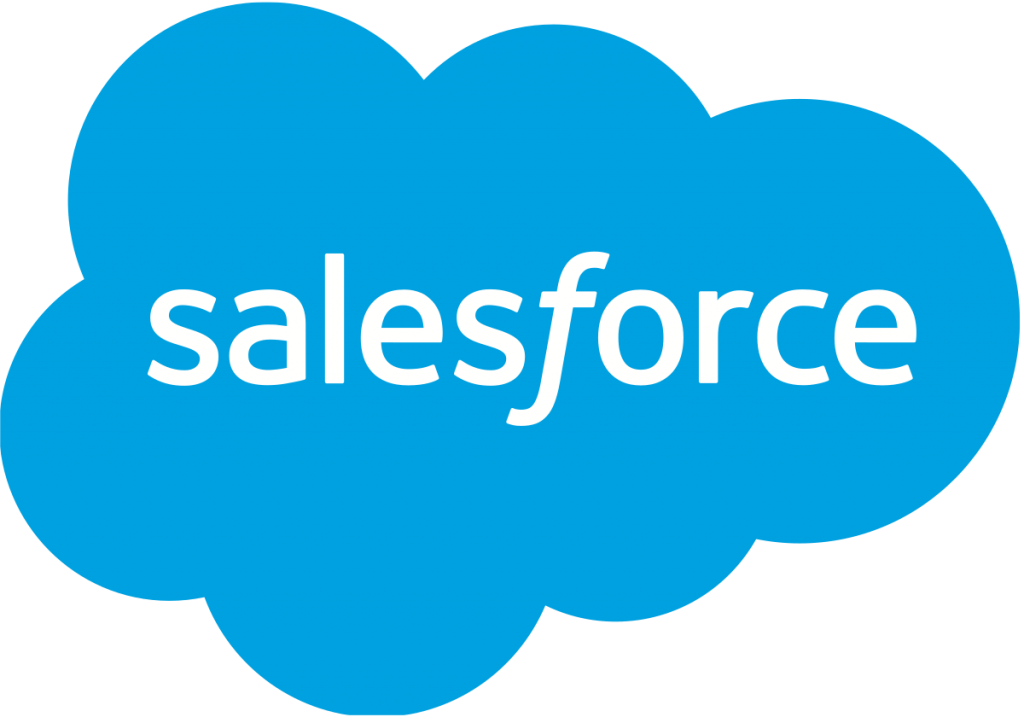Il est de notoriété publique que l’IA est une technologie énergivore, et il est usuel de penser que l’IA n’est pas compatible avec l’éco-conception des logiciels.
Mais évidemment, comme attendu, rien n’est aussi binaire qu’il n’y paraît.
D’abord, il va sans dire que la technologie est récente et va être améliorée, optimisée, voire révolutionnée dans les prochaines années (de la même manière que la blockchain a vu sa consommation énergétique drastiquement diminuer au fil des générations successives). On peut par exemple noter cette approche consistant à réinventer le hardware pour qu’il soit intrinsèquement conçu pour l’apprentissage automatique. Ou encore de nombreuses approches visant à améliorer la phase d’entraînement des modèles (par exemple l’approche JEST). Evidemment, certains diront que cela n’en fait pas un bon argument pour l’éco-conception, du fait de l’effet rebond, et ils auront bien raison de le souligner.
Read More



